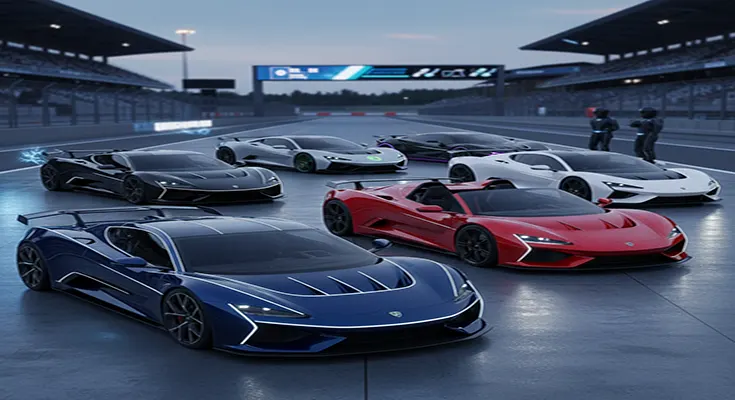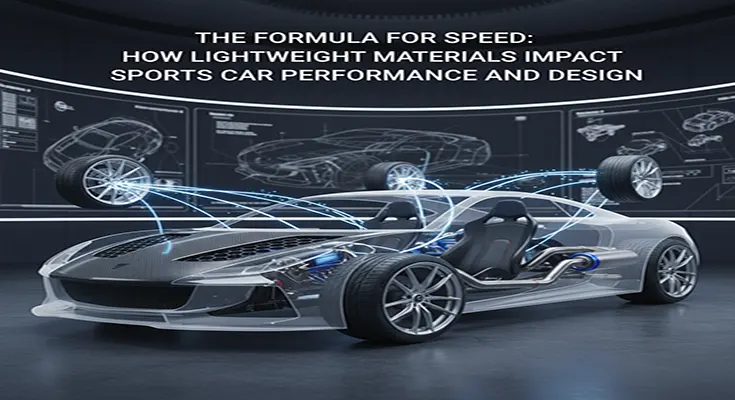
Electrifying Thrills: The Top High-Performance Electric Sports Cars for Enthusiasts
The automotive world is undergoing an electrifying revolution, and high-performance vehicles are leading the charge. For the driving enthusiast, the transition to electric power no longer means a compromise on speed, handling, or visceral excitement. In fact, instant torque delivery and advanced chassis technology have opened up a new era of performance that is both brutal and refined.
Here is a look at the top high-performance electric sports cars currently setting the pace and capturing the hearts of drivers who demand the best.
1. The Benchmark: Porsche Taycan
It is impossible to discuss top electric performance without starting with the Porsche Taycan. It was one of the first EVs to prove that electric power could translate into genuine, track-ready sports car dynamics.
- Enthusiast Appeal: The Taycan is genetically gifted with Porsche’s trademark handling sharpness. It boasts precise steering, a beautifully balanced chassis, and sophisticated suspension systems (like its optional


